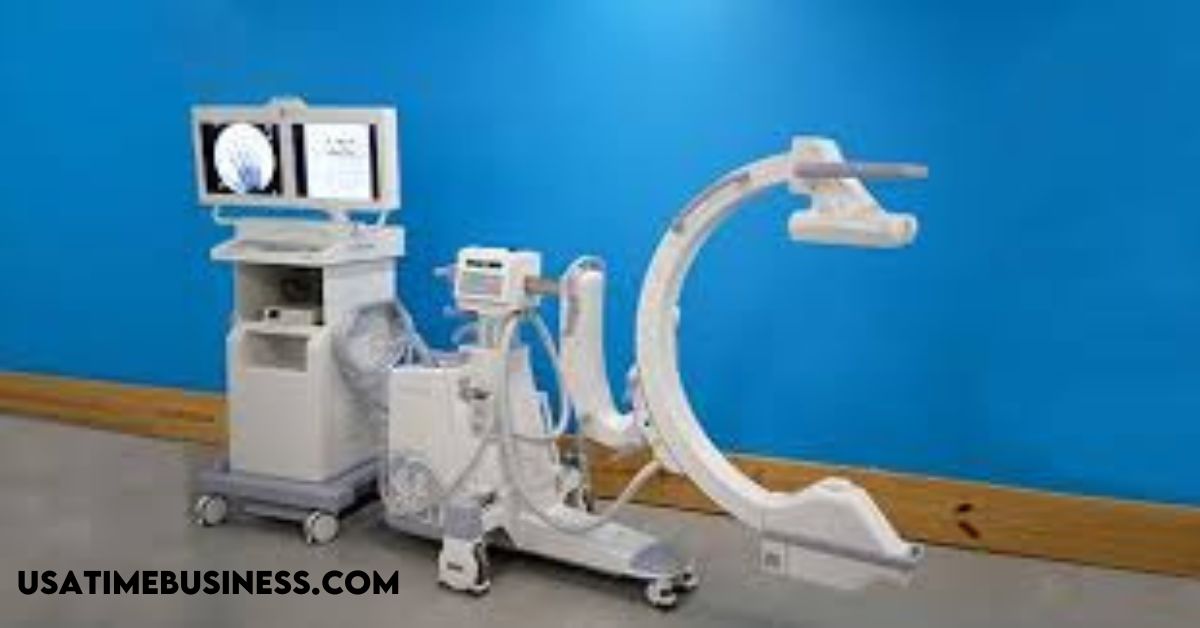The world of medicine is dealing with a fundamental paradigm shift that’s been in place since the last decade and is growing. With the boomer generation waist-deep in heavy care, including a significant burden on chronic disease resources in hospitals, clinics, and medical facilities, the following ages are in demand, and providers are responding with heavy prevention emphasis. The combination of interests isn’t from consumers alone; companies, insurers, government, and more want the cost of healthcare to go down, realizing the full impact of it with the boomer generation’s care. Most notably, a good amount of responsive care could have been avoided with more aggressive preventative care.
Building Responsive Equipment for Diagnostics
As a result of the above, heavy work and research are being put into science, technology, and equipment that can produce early diagnostics for disruptive action and early intervention. Scanning tools and related hardware have been significant players in this shift, especially tools like the variety of C-arm models available, including the mini C-arm (minicarm.com).
C-arm technology first came online as medical hardware back in 2004. At the time, it was responsive to a need for easier scanning of patient conditions without having to move the patient or go through the extensive hassle of a CAT scan or x-ray. From that point, the equipment use spread as physicians learned from each other the tool’s effectiveness versus what was available for scanning otherwise. The technology and ease with which scanning tools could be attached also opened the doors for preventative diagnostics. People started thinking about the ramifications, especially after the wave of the boomer generation started arriving in healthcare facilities nationwide. After all, why wait for a condition to turn into a $50,000 cost when it could be arrested as early as $5,000?
A Common Sight in the Future
Now, C-arm units are likely to be used regularly for far more aggressive scanning of patients to catch issues early. Reducing the overall need for serious care makes more resources available for regular and community-wide maintenance, such as what was needed during the recent COVID-19 pandemic. Additionally, fieldwork and mobile health resources gain a greater reach into poorly-served communities, raising their health standards, especially with the mini C-arm models. The next five years will likely see this expansion come to fruition. The world can’t afford to keep waiting for people’s health to get nasty regularly anymore.
Good luck, Habibi!
Come to the website and explore some mind-blowing content.











